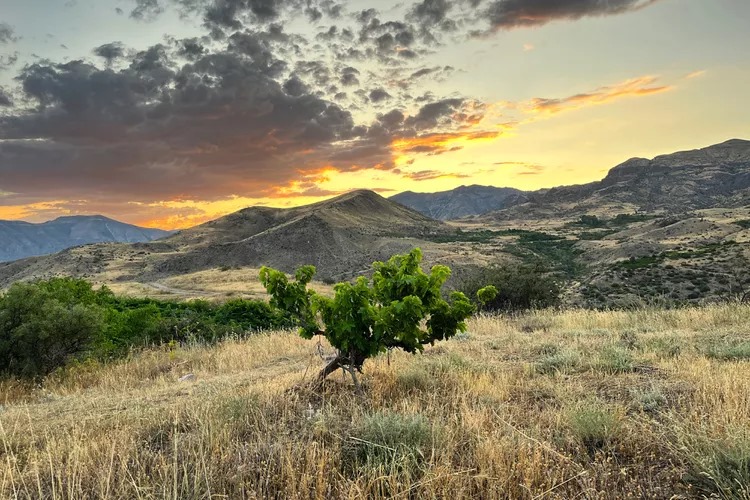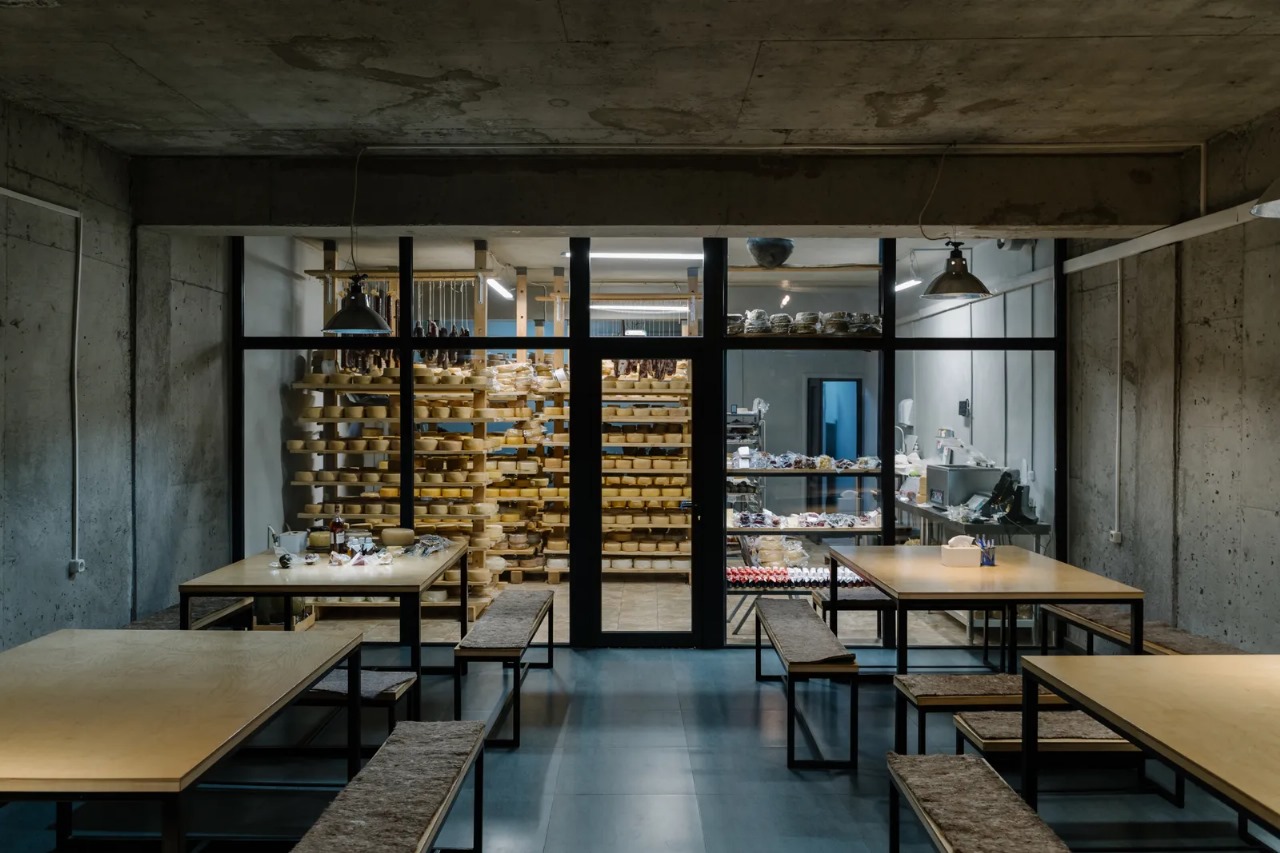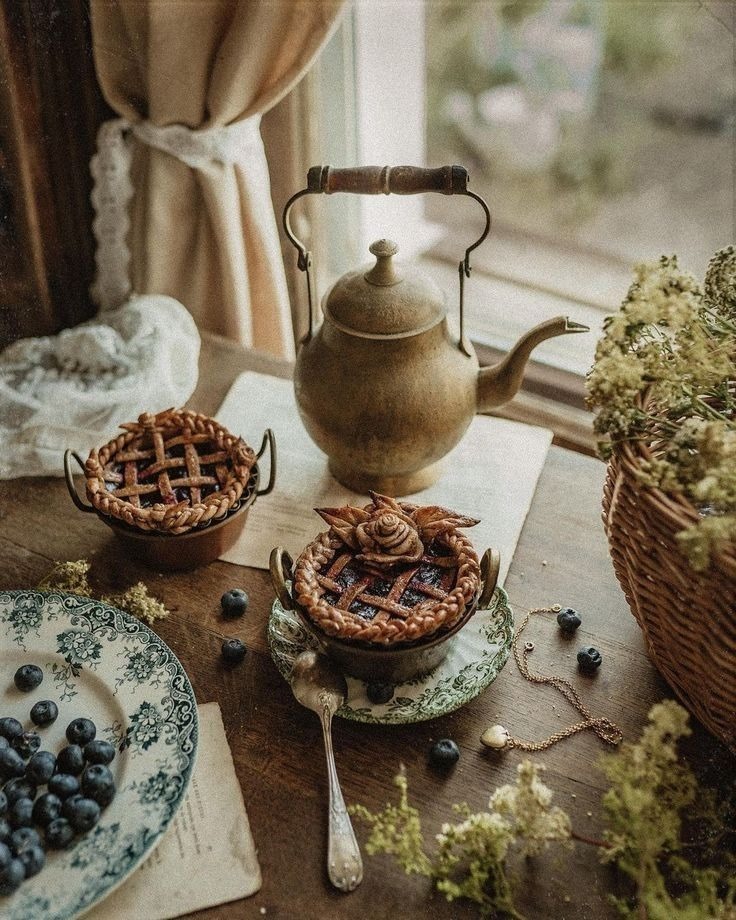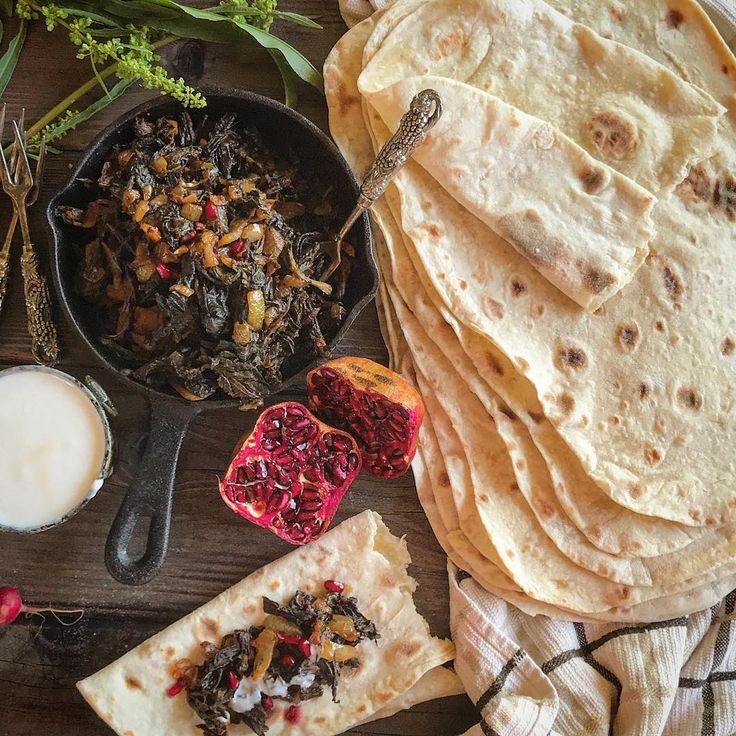Armenia’s Ancient Winemaking Tradition Meets Modern Innovation
Armenian ancient vines fuel wine revival, preserving heritage and terroir.


Armenian vines are not merely old—they’re historic, with some dating back over 150 years and still producing grapes for wine. These living relics of viticulture are at the core of Armenia's burgeoning wine renaissance.
For the past decade, Kristina Margaryan, head of plant genomics research at the Molecular Biology Institute of Armenia, has been cataloging endangered indigenous grape varieties in Armenia’s Vayots Dzor region.
“Interviews with farmers and historical records preserved in local municipalities and churches reveal vineyards that are over 100 years old,” Margaryan explains. So far, her team has documented 3,000 genotypes, with 300 considered distinct varieties. To identify these grapes, her team collaborates with the Julius Kühn Institute in Germany, home to one of the world’s largest grape genetic databases.
When Armenia became part of the Soviet Union in 1922, winemaking shifted to collective farming, focusing on brandy and dessert wines. Many older, high-altitude vineyards were left uncultivated, inadvertently preserving them for future generations. With Armenia’s independence, these ancient vines are now fueling a revival of the nation’s rich winemaking heritage.
:max_bytes(150000):strip_icc():format(webp)/Armenian-Wine-FT-BLOG1224-Krya-Vines-01-6abb9f3e86a040d290bd4dba7c4eaee7.jpg)
Reviving Old Vines at Trinity Canyon Vineyards
In 2016, winemakers Artem Parseghyan and Gomidas Merjanian joined Trinity Canyon Vineyards and began experimenting with ancient grape varieties. In 2020, they discovered a 2.2-acre plot filled with fruit trees, bushes, and Areni vines. The 70-year-old owner revealed that his grandfather had planted the vineyard over 120 years ago, making it one of the region’s highest at nearly 5,000 feet above sea level.
“One of the advantages of Armenian viticulture is vertical grape growing,” Parseghyan explains. “This creates unique variations in terroir within small areas, resulting in complex and distinctive wines.”
The duo introduced wines that celebrate single-vineyard production. Merjanian’s wine, Dzon, pays homage to Armenia’s winemaking origins, while Parseghyan’s Hazarvaz—meaning “one thousand vines”—reflects the exact number in his vineyard. “Winemaking is in our DNA,” says Merjanian. “We wanted to revive history and heritage through these ancient vines.”
Preserving Heritage with Krya Wines
In the village of Vernashen, Tatevik Gabrielyan and her husband, Jean Paul Berger, founded Krya Wines in 2017. After studying winemaking in Switzerland, the couple returned to Tatevik’s hometown to acquire vineyards. The process was challenging—land privatization in 1991 left many plots fragmented among multiple owners.
Despite the difficulties, they purchased two plots with 55- and 75-year-old vines in poor condition. “Everyone told us to uproot them, but we wanted to preserve the old varieties and see their potential,” Gabrielyan recalls.
After four years of restoration, the couple harvested Areni Noir and five indigenous white grape varieties: Voskehat, Mskhali, Chilar, White Areni, and Khatun Kharji. Their wines reflect Armenia’s distinct terroir, with the Areni Noir offering notes of wild berries, cherries, and vanilla, and the white blend showcasing aromas of citrus and pear.
In 2022, they launched the “Poqr Krya” project to support neighboring small vineyards, producing an affordable line of wines that still honors the region’s heritage.
:max_bytes(150000):strip_icc():format(webp)/Armenian-Wine-FT-BLOG1224-Hazarvaz-vines-01-c18bffcaac904022a62e8df3ba831277.jpg)
Yerevan’s Forgotten Winemaking Legacy
In the 19th century, Yerevan was home to nearly 200 wine cellars catering to travelers. Today, only four remain, including the Norqi Keghar Winery, founded in 1877 by Hovhannes Derdzakyan, an orphaned survivor of the Armenian Genocide.
Derdzakyan planted five acres of the indigenous Voskehat grape in Norq, one of Yerevan’s oldest neighborhoods, and built a cellar and home. In the 1920s, the Soviets seized his vineyard, leaving only the 150-year-old Khachabash vines in his backyard.
In 2019, his grandchildren, along with two friends, decided to revive the winery. Using the historic vines and sourcing fruit from old vineyards in Vayots Dzor, Aragatsotn, and Armavir, they began producing wine again.
“We wanted to breathe new life into this story,” says Artsrun Petrosyan, one of the co-founders. “Winemaking was a way of life for our ancestors, but it was never allowed to reach its full potential. We’re trying to change that.”
Today, Norqi Keghar produces 80–100 bottles of Khachabash annually, aging them in 150-year-old clay amphoras in the original cellar. The winery has also acquired a neighboring 1881-built facility to expand production.
:max_bytes(150000):strip_icc():format(webp)/Armenian-Wine-FT-BLOG1224-Norqi-Kekhar-Cellar-a042c0f5f3c045d0bebf3b0cb2722732.jpg)
Challenges and Opportunities
Despite Armenia’s rich history and diversity of grapes, the market for these wines remains largely domestic. Small quantities and limited global awareness make it difficult to export widely. However, winemakers like Parseghyan and Merjanian have started exporting to France, Russia, and Brazil, while Krya Wines is available in Russia and Estonia.
For wine enthusiasts, these ancient vines and their stories offer a compelling reason to explore Armenia. In every sip, you’ll taste more than just the terroir—you’ll experience a revival of history, culture, and tradition centuries in the making.
Stay In The Know
Get exclusive access to fashion and beauty trends, hot-off-the-press celebrity news, and more.

Narine Karapetyan is a writer who explores the intersection of wellness, cuisine, and culture. Her work delves into the impact of food on health, the rituals behind global flavors, and the art of mindful travel. She brings fresh perspectives on how lifestyle choices shape well-being.
-
 Armenia’s New Culinary Vanguard: Women Chefs Making History
Armenia’s New Culinary Vanguard: Women Chefs Making HistoryDiscover innovative Armenian cuisine with chefs redefining traditions and flavors.
By Narine Karapetyan Published
-
 Sweet Indulgences: Exploring Armenian Desserts
Sweet Indulgences: Exploring Armenian DessertsExplore Armenian desserts: gata, pakhlava, churchkhela, and more sweet delights.
By Narine Karapetyan Published
-
 Lavash: The Heart Of Armenian Cuisine
Lavash: The Heart Of Armenian CuisineTraditional Armenian flatbread, lavash, symbolizes heritage, unity, and culinary versatility.
By Narine Karapetyan Published